The May to August period is important for six of the eight available tasks in the Sheep Welfare Scheme.
While scanning and mineral supplementation post-breeding are the most popular options, there are still significant numbers of farmers partaking in the remaining options discussed below.
It is important to remember receipts of products purchased must be retained and made available during a Department inspection. Inspectors may also request a visual flock assessment to ensure tasks are being completed.
Flystrike control
The flystrike control option relates to providing protection during high-risk months. Control is underpinned by mechanical measures such as dagging, crutching and shearing and can be combined with chemical control.
Sheep must be visually assessed twice to determine cleanliness and dag score during the period from 1 June to 30 September and scored on a scale of zero (clean/no dags) to five (chronically dirty).
The number of sheep with a dag score of 1 or greater and dagged must be recorded, along with receipts for chemical control.
Lameness control
An option for lowland flocks, the measure aims to establish the level of lameness and implement a programme to reduce its incidence.
It requires the flock to be assessed at five stages: during May/June; July/August; prior to mating (August to September/October); at least once between mating and lambing; and finally at any other time that the flock owner sees as delivering the best benefit.
Like flystrike, the number of sheep receiving treatment must be recorded, along with details of products used or any other preventative measures implemented.
Meal feeding post-weaning
The meal feeding post-weaning option is confined to hill farmers and requires meal to be supplemented for a four-week period after lambs are weaned.
The recommended concentrate supplementation level follows a rising scale starting at 75g per head daily in week one, increasing to 125g in week two, 175g in week three and 250g in week four.
This gives a minimum input per lamb of 4.4kg over a four-week period.
The task requires that all lambs in the flock receive meal, but feeding dates can be split where there is an age gap between lambs and more than one weaning date.
Along with checking feed receipts, inspectors can also check feeding points for evidence of feeding, while invoices can also be cross-referenced to dispatch documents to ensure feeding was undertaken for the required period.
Mineral supplementation of lambs
This task involves mineral supplementation of lambs in hill flocks pre-weaning. There is no definitive supplementary period listed, with the terms and conditions recommending supplementation during the main grazing season pre-weaning.
The Department of Agriculture advises this is the four- to six-week period prior to weaning. Where there is a significant spread in lambing dates, then a split programme can be implemented.
Supplementation can take the form of drenches or liquid minerals, boluses or injectables, with the manufacturers’ guidelines determining the frequency of use.
Minerals can only be purchased from business operators licensed by the Department of Agriculture.
Parasite control
While this measure covers both hill and lowland flocks, it differs slightly across each.
For lowland flocks, a minimum of two faecal egg counts must be carried out during the period June 1 to 30 September to establish the worm burden and ascertain the need for treatment.
In hill flocks, the requirement is to carry out one faecal egg count post-weaning for the presence of worms, with treatment carried out accordingly.
Laboratory results, receipts for the purchase of anthelmintics and records in the scheme action book will be used to police this.
Farmers must take the initiative and order the sampling kit and carry out the testing. A list of approved laboratories can be found at www.agriculture.gov.ie under the farmer schemes and payment section and then the Sheep Welfare Scheme headings.




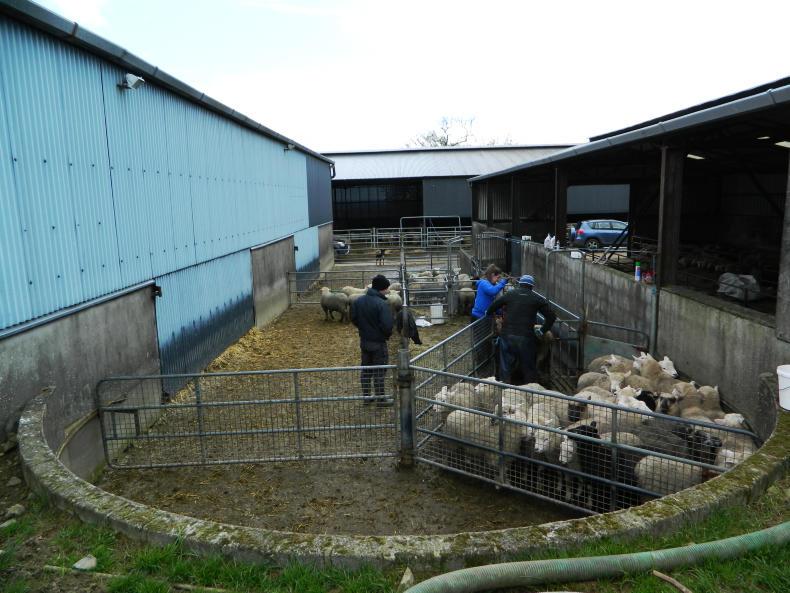
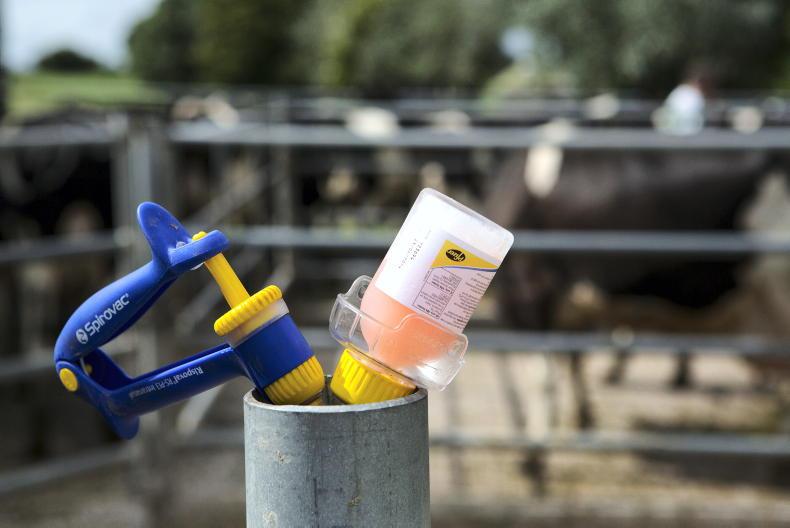
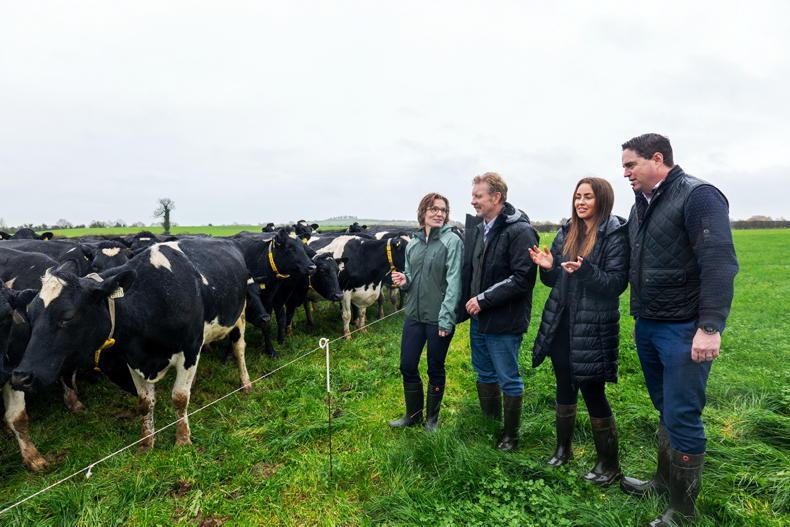
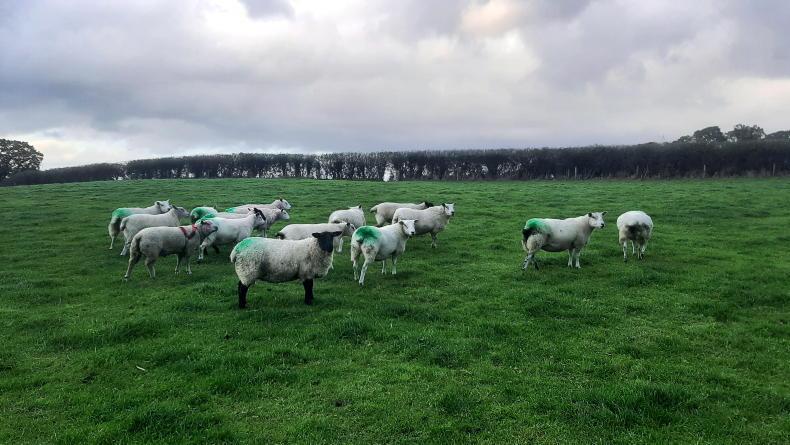
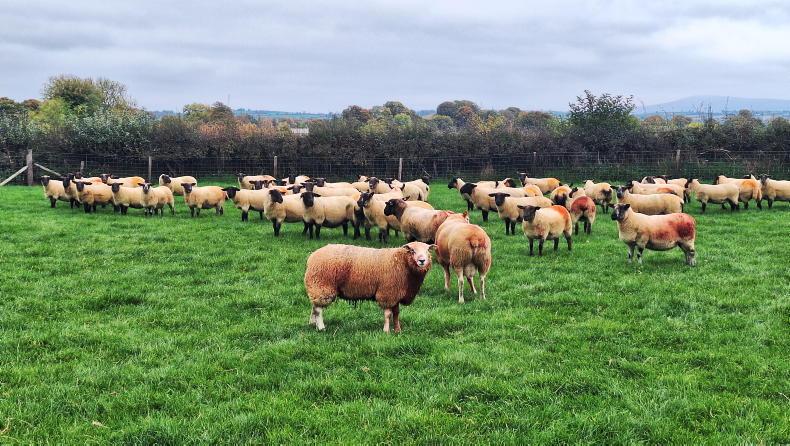
SHARING OPTIONS